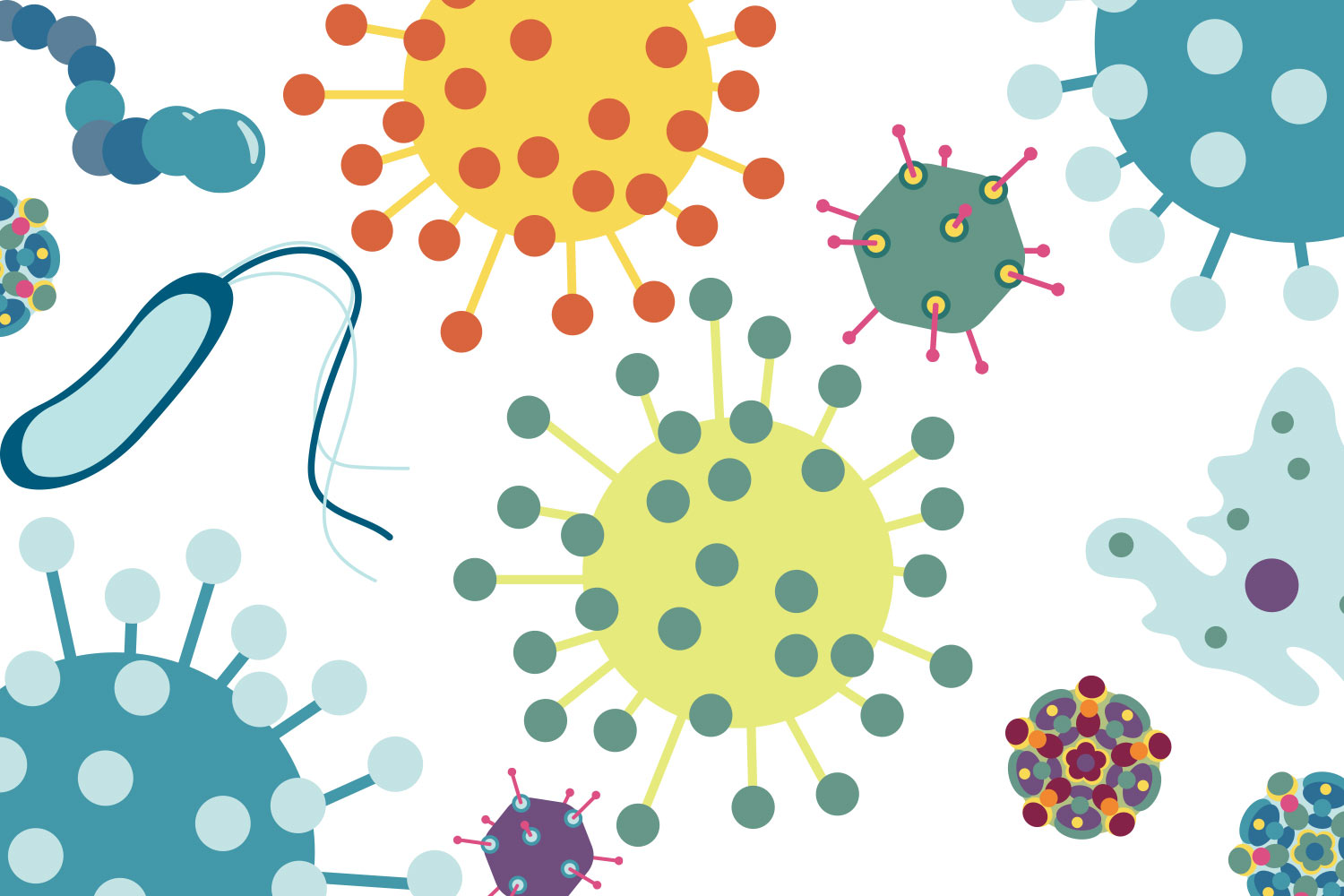Fears for the novel coronavirus contagion have shut down schools, libraries, public transit, offices, stores, restaurants, and countless other buildings worldwide. With indoor transmission being the primary route for the rapid spread of COVID-19, these fears and shutdowns are well justified; yet, the tolls on our communities are more than astonishing.
There has to be a way to prevent indoor transmission in buildings so that they could stay open, which has been the outcry as the shutdown drags on. With that in mind, Professor Qiang He and Assistant Professor Shuai Li from the Department of Civil and Environmental Engineering have paired their expertise in environmental microbiology and infrastructure engineering to pursue a unique and novel strategy—disease-resistant buildings resilient to pathogen transmission.
This is an emerging field within civil and environmental engineering, and one which will attempt to provide much needed insights for infrastructure design reconfigurations and operation practices during pandemics and other potential disease outbreaks to support healthy, resilient, and smart communities.”
Because of the urgency to mitigate transmission in buildings and critical infrastructure, the research team has been awarded a Rapid Response Research (RAPID) grant from the National Science Foundation to advance their novel concept.
“This is an emerging field within civil and environmental engineering, and one which will attempt to provide much needed insights for infrastructure design reconfigurations and operation practices during pandemics and other potential disease outbreaks to support healthy, resilient, and smart communities,” said He.
Li and He are also collaborating with ORNL to establish a consortium of intelligent and healthy environment for all lives (C-IHEAL), pronounced as “See I Heal.”
Their research will focus on disease-resistant buildings and infrastructure to potentially mitigate the spread of infectious pathogens, including COVID-19. They aim to map microbial transmission pathways in indoor environments and develop strategies for operating and managing buildings and critical civil infrastructure systems so that facility users can limit the spread of pathogenic microorganisms.
Further, findings from this research will support the development of paradigm-shifting design concepts for disease-resistant buildings, which will be highly desirable in the post-pandemic era. Such breakthroughs in research could alleviate burdens on healthcare systems and will support the society and its citizens to combat and recover from the COVID-19 pandemic.
Their team integrates innovation in artificial intelligence, building information modeling, and molecular and metagenomic techniques to characterize the time and space dynamics of microorganisms, particularly pathogens, associated with spatially and functionally distributed infrastructure system components, and computationally derive intervention strategies for mitigating human exposure to infectious pathogens.
They hope to advance the fundamental understanding of interactions among intelligent technologies, built and natural environments, and inhabitants including people from different classes and microbiomes with convergence engineering disciplines and social science to make the environments healthier, safer, more humane and sustainable, and capable of producing a greater sense of well-being for all.
